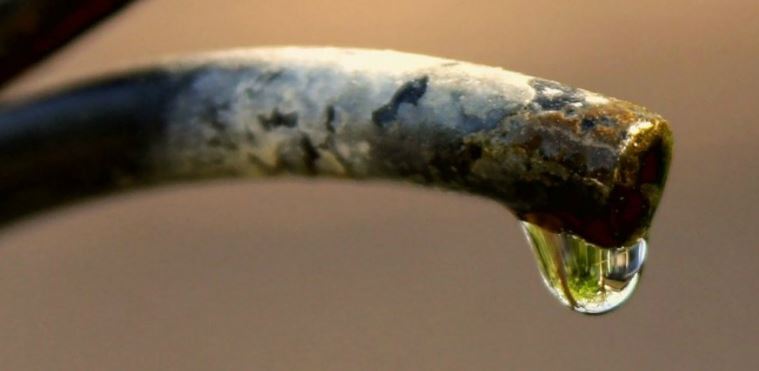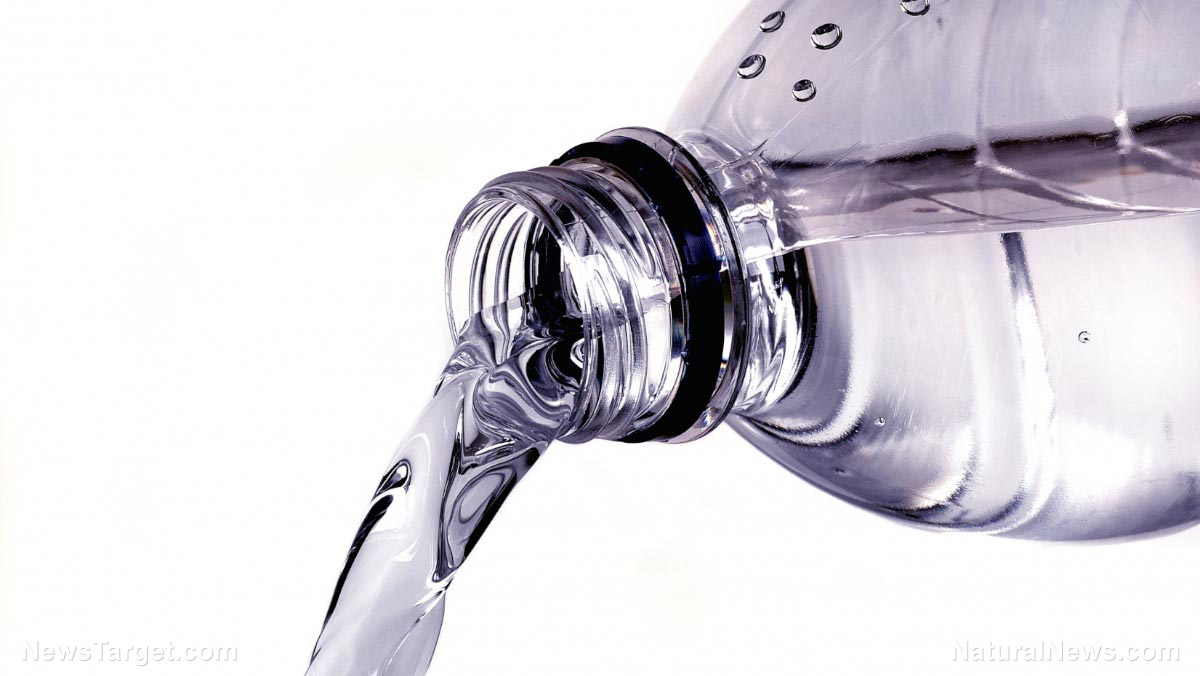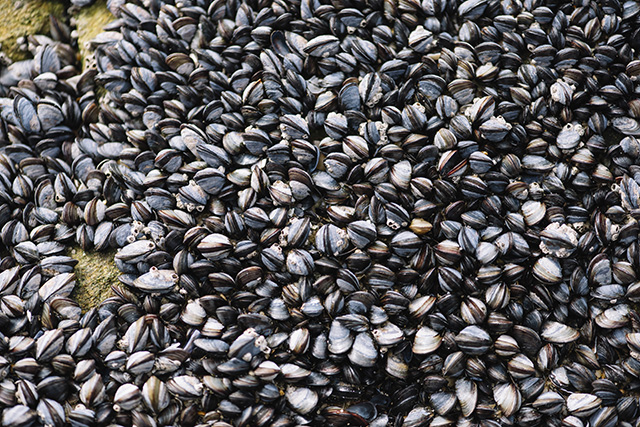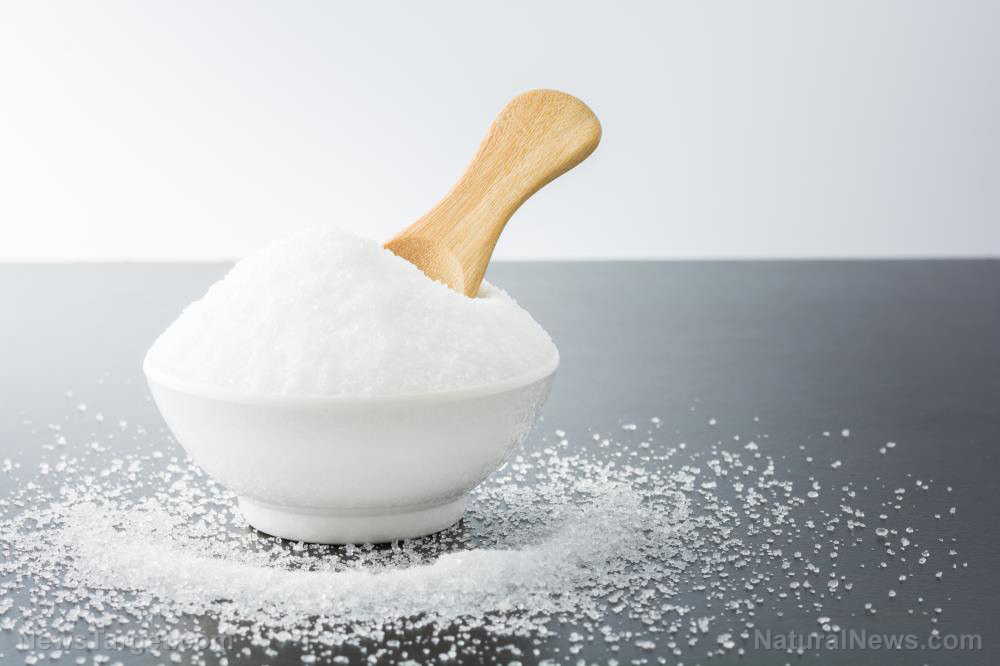Study: Ligands can help absorb lead from soil
05/15/2019 / By Ralph Flores

Lead poisoning is a problem the world over. In 2016, over half a million deaths worldwide were caused by lead exposure, according to data from the Institute of Health Metrics and Evaluation. In a study published in the Archives of Agronomy and Soil Science, researchers Salman Hassan Selmy of Egypt’s Assuin University noted that treating the soil with ligands – which are atoms that can bind to a central metal atom or ion – can improve the sorption, desorption, and immobilization of lead in different soil types.
People living in urban areas are at most risk of lead poisoning, given the widespread use of the heavy metal in man-made products and industrial processes. The most common sources of lead exposure include older housing, dust, and soil as these have all been contaminated with lead from old paint, leaded gasoline, and even food and drink exposed to the chemical. Those who garden (or are considering) in an area that can be potentially contaminated by lead should have the soil tested before proceeding.
Some risk areas include homes built before the 1940s, those downwind from industrial processes like lead smelters, or near busy streets.
In the study, Selmy used inorganic ligands, namely, nitrate (NO3?), chloride (Cl?), and dihydrogen phosphate (H2PO4?), in clay and calcareous loamy sand soils. He also studied lead sorption in soils treated with oxalate and citrate. An earlier study from the Atomic Energy Authority in Egypt established that organic ligands can positively improve lead adsorption. They found that humic acid and phenols enhanced soil sorption.
“Metal adsorption can be enhanced by the presence of humic acid, due to the formation of metal-ligand complexes on [an] adsorbent surface,” they wrote in their report. “[Humic acid] is a good complexing agent for many metal ions and its binding with metal ions can improve the adsorption of heavy metal ions.”
The results of the current study were similar: The maximum lead sorption capacity in clay soils ranged from 42.2 to 47.1 millimoles per kilogram (mmol/kg), while loamy sand soil had a capacity of 45.2 to 47 mmol/kg. The binding energy constant for lead sorbed in loamy sand soil was 528–1061; in comparison, the energy constant was lower in clay soil at 24.38–55.29. When initial pH levels are less than 3, loamy sand soil sorbed more lead than clay. However, it only can do it until the lowest initial pH of 2.
In particular, the findings revealed that soils treated with dihydrogen phosphate exhibited the greatest lead sorption and immobilization. In addition, chloride-treated clay soil had a lead sorption rate of 0.1 mol/kilogram of chloride. Citrate ligand had the highest decrease in lead sorption among the other organic acids.
” It could be concluded that the nature of [lead] sorption can depend on the type and quantity of ligands present, as well as the soil type,” he concluded in his report. (Related: Pharma company cashed in on Flint water crisis, raised lead poisoning drug prices 2,700 percent.)
Lead exposure linked to cognitive problems in boys
In a separate study, published in Economics and Human Biology, researchers from Carnegie Mellon University found that lead exposure in topsoil can increase the risk of cognitive challenges in five-year-old boys, but not in girls of the same age.
The study, which used individual-level data on preschool-age children in the 2000 Census, looked at those who experienced cognitive difficulties that lasted up to six months. The researchers identified adverse effects in boys exposed to lead in topsoil, even in levels considered to be low by the U.S. Environmental Protection Agency.
“This indicates the need for further monitoring of soil in urban areas and suggests that the EPA should revise its standards for acceptable levels of lead in soil,” the researchers noted.
Sources include:
Tagged Under: Ecology, environment, green living, Lead, lead sorption, ligands, organic ligands, Plants, soil treatment, toxic elements, toxins, trees
RECENT NEWS & ARTICLES
COPYRIGHT © 2017 TOXINS NEWS



















